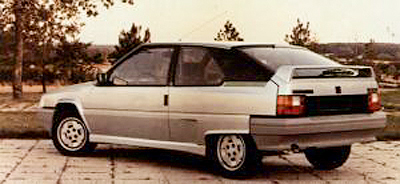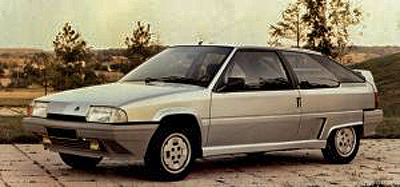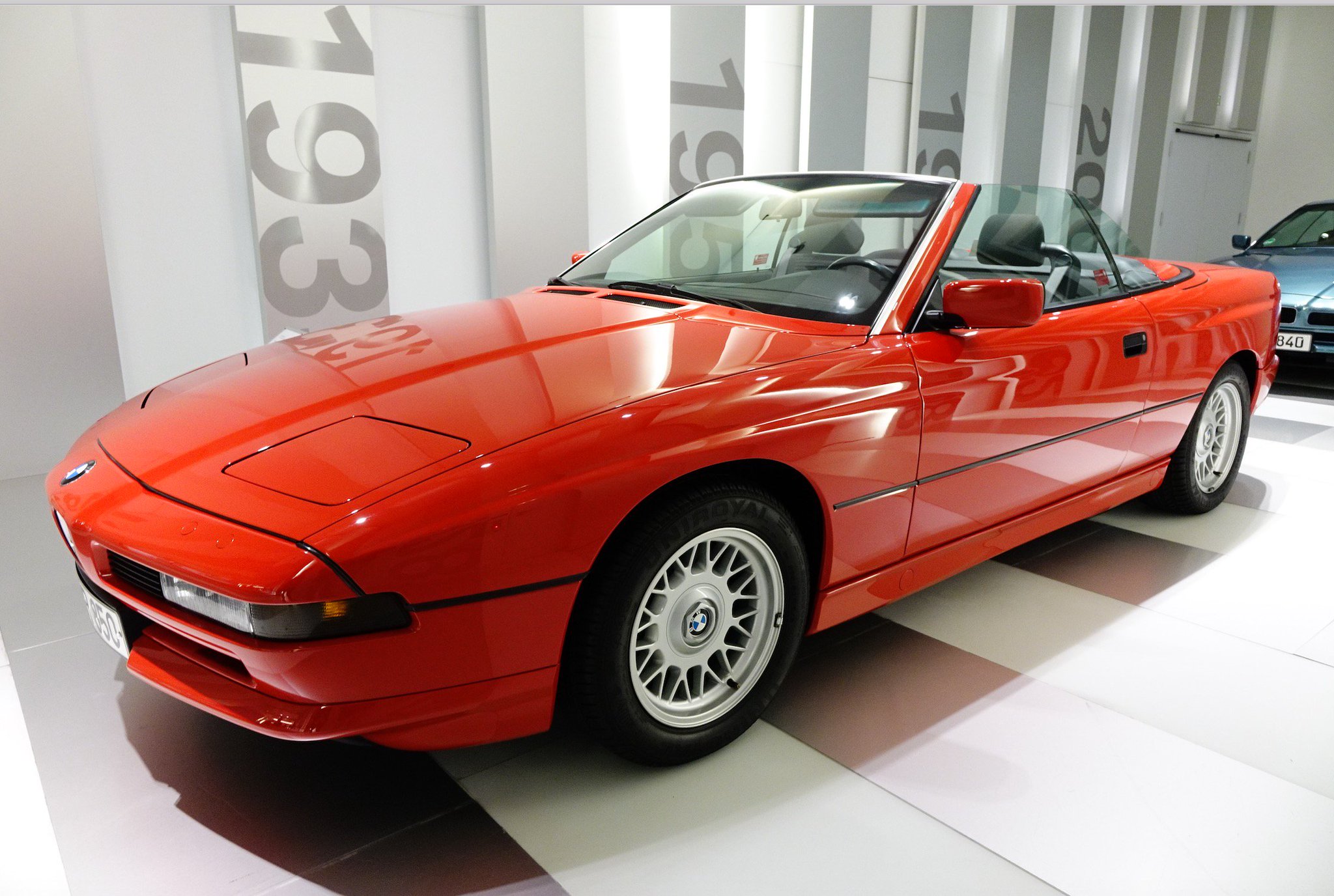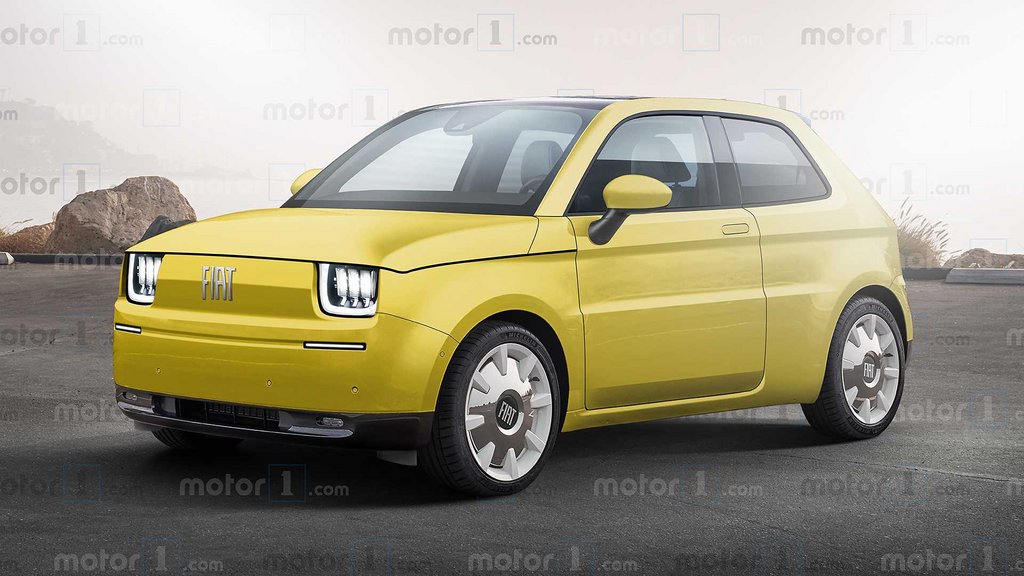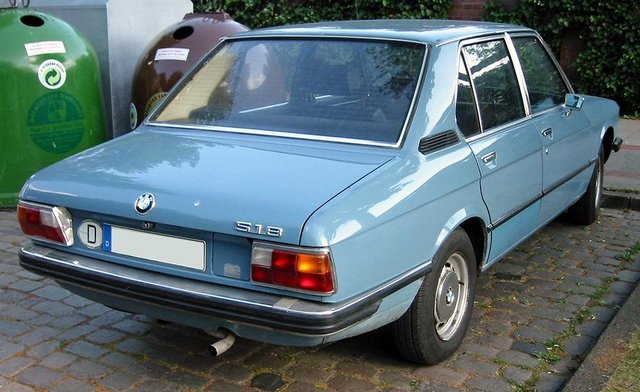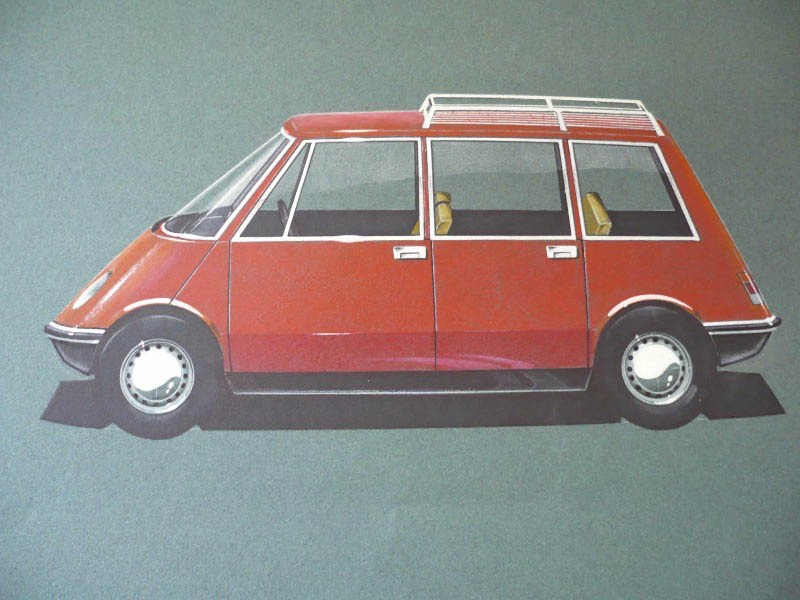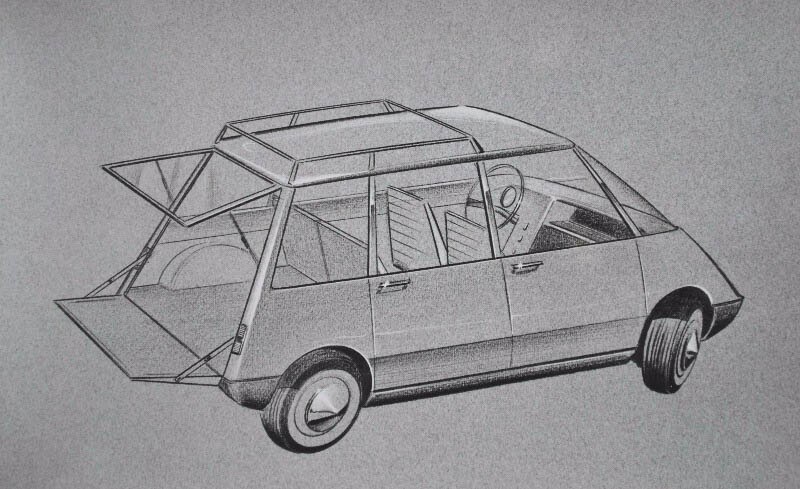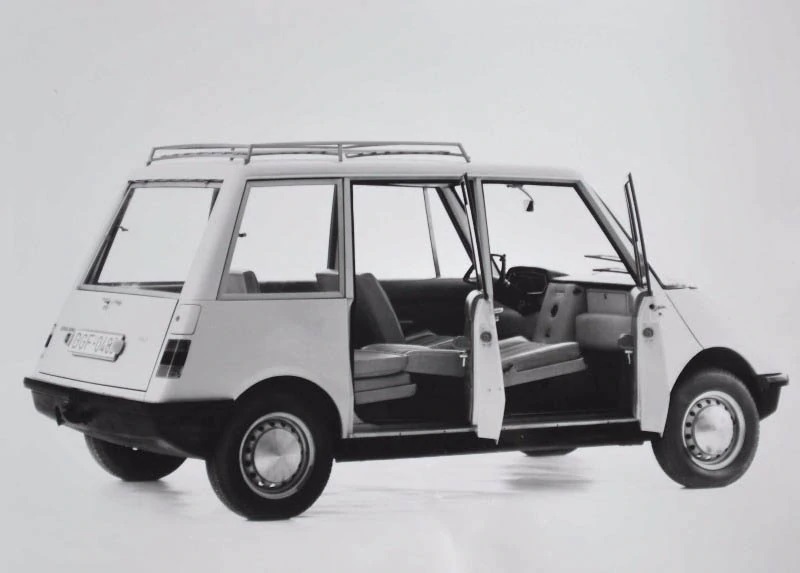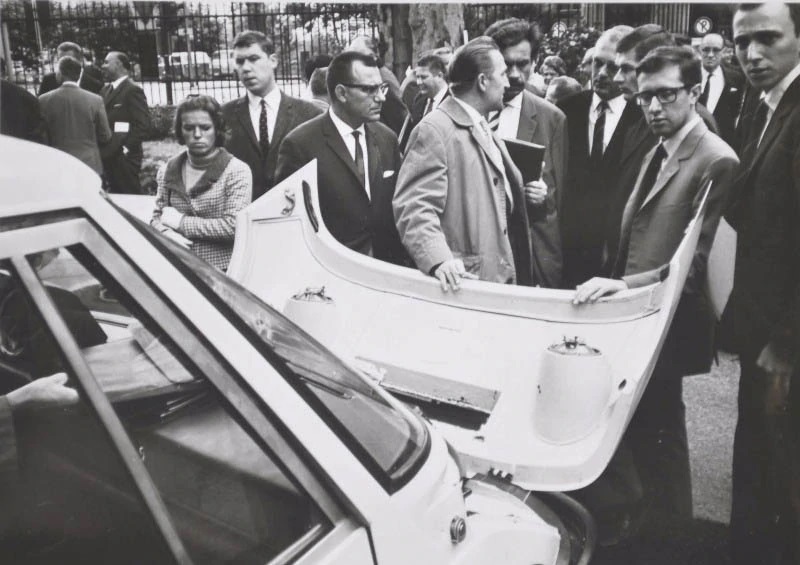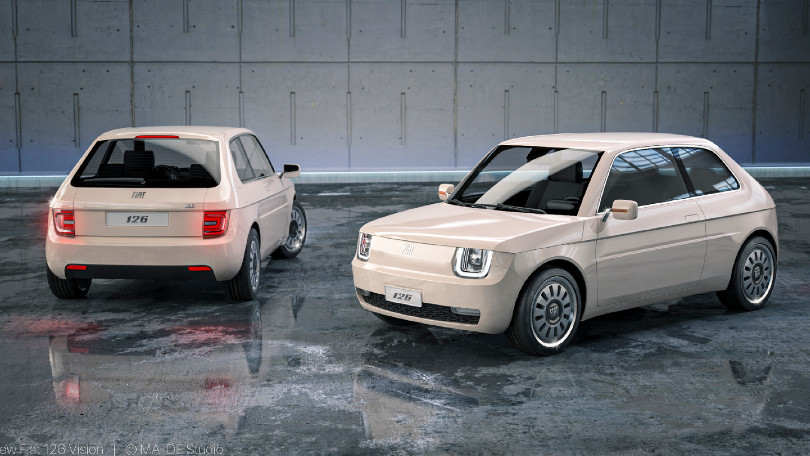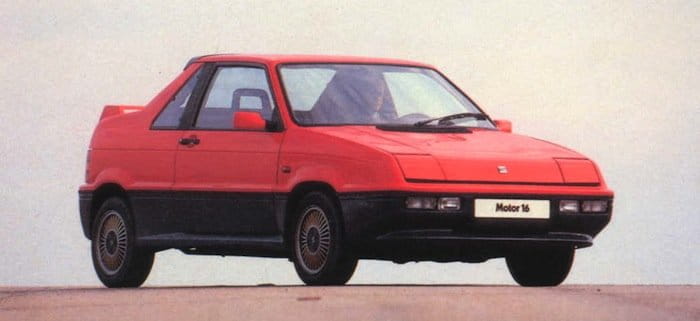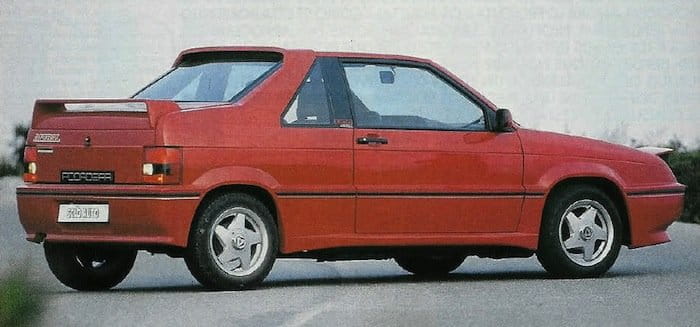In the early 1970s, Peugeot is working on the replacement for its J7, with a launch planned for 1978. As usual with projects of this type, many variants are planned, including SWB (coded K32) and LWB models (K42). Configuration-wise, a front engine/front wheel drive layout is preserved, following in the footsteps of the J7. One of the main developments is that the style team (driven by Paul Bouvot and assisted by Gerard Welter) opts for a semi-Cab Over Engine design with the hood following the line of the windshield. This principle would be retained on the future Renault Trafic; also the Bedford CF. As for the rear part, several designs are evaluated: the upper hatchback with its half-height double back doors inherited from the J7 and also a twin rear door configuration that again is similar to the Trafic. This option could prove advantageous if the project was to be developed jointly between the two firms.
Because at this time Peugeot is still bound by a cooperation agreement with Renault, a joint effort appears to be a good plan. And since the Régie is working concurrently on the successor to the Estafette (see https://bit.ly/CDA071), the firm puts a simple proposal to Peugeot: merge the two programs. On paper the idea makes a lot of sense. Not only does it reduce investment costs but also meets most of the demands of the market; one variant retaining front-wheel drive, the other powered at the rear.
Except that there is a catch. The two models that you see are respectively presented to management for evaluation in June 1974 and May 1975. But these years correspond precisely to the period where Peugeot was left to take Citroën over, under pressure from the French government. And we know the rest: the takeover of Citroën in 1976 would shake things up. Not only is the agreement with Renault cancelled, but the latter also inherits Berliet, which, merged with Saviem, gives birth 3 years later to the future 'Renault Véhicules Industriels'. But, especially for Peugeot, conserving resources and focusing on the most profitable programs become the priorities, even creating what Peugeot would call "opportunity products" like the LNA at the expense of other projects.
Therefore it's the end of the road for the K40 programme, especially since Citroën's VU range is partially complementary to Peugeot's models and the C35 provides a platform for decent cooperation with Fiat through Pardevi. The life of the J7 is prolonged with minimal investment thanks to a J9-style facelift and a mechanical update while awaiting the restart of the J5/C25/Ducato project in partnership with FIAT.
